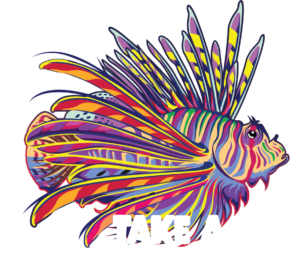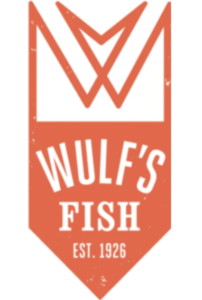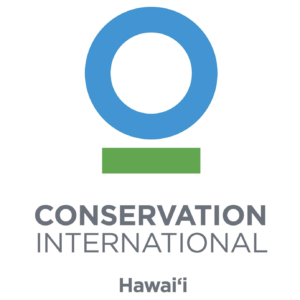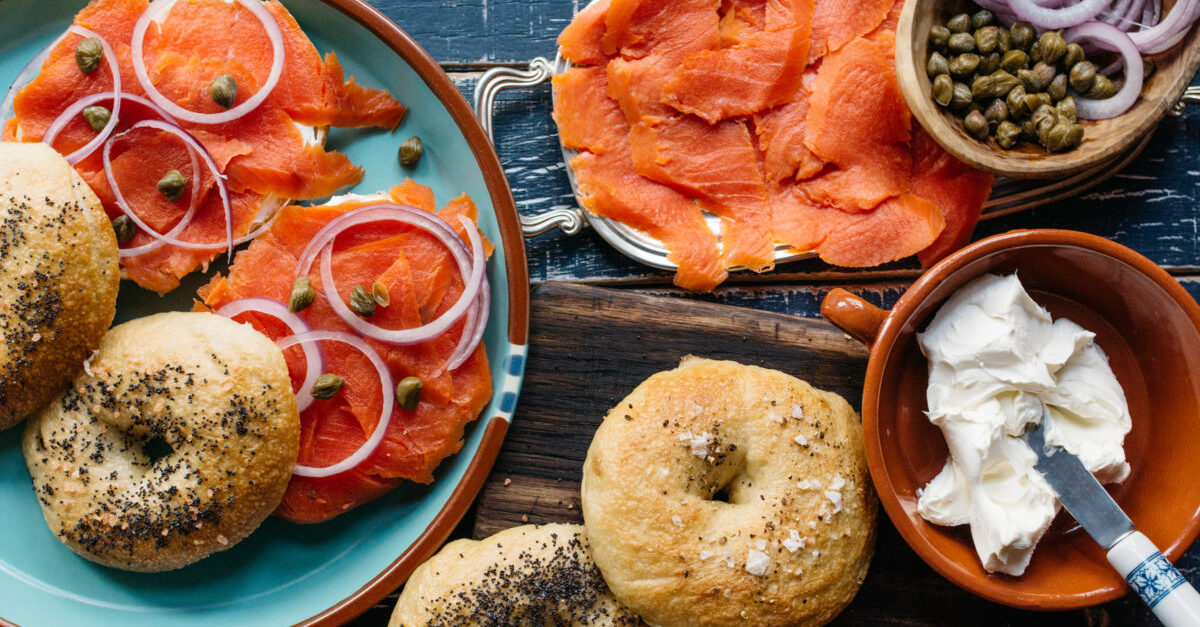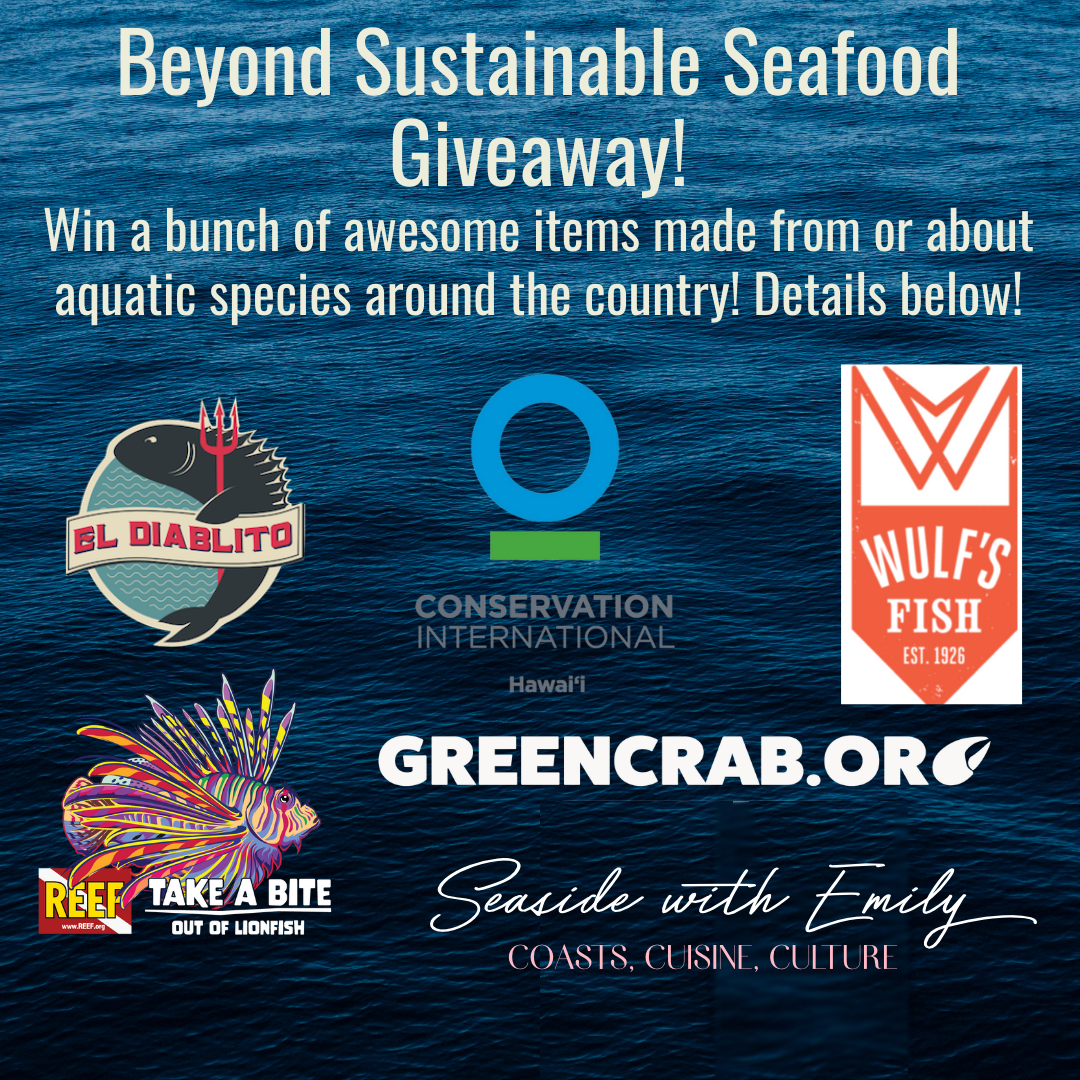
Embracing invasive and underutilized seafood (GIVEAWAY)
Did you know that eating seafood can actually help the marine environment? Eating certain types of seafood can protect marine ecosystems from predators, helping to preserve coral reefs and native fish populations.
Eating invasive species is one of the best things that you can do for the marine environment. And, it’s a win, win! You get to enjoy a high-protein meal while protecting the marine environment.
Invasive species are non-native species that have been introduced to the marine ecosystem. These animals can be introduced when people or aquariums discard unwanted species into the ocean or when shipping vessels unknowingly enter waters with the animal onboard (think zebra mussels in the Great Lakes). Ecosystems around the world have been dramatically altered as a result of these predators, but luckily, some organizations have found a way to eradicate them, while supporting local economies and local diets.
These tasty, bountiful seafood options are excellent for those worried about overfishing and other environmental issues related to fishing. Harvesting and eating these species is actually a net positive for the environment!
To celebrate the benefits of eating invasive and underutilized species, I’ve partnered with organizations working in this space, to put together the ultimate restorative seafood giveaway! (ENTER HERE)
Keep reading if you want to learn more about each of the participating organizations and the invasive seafood products that they work with.
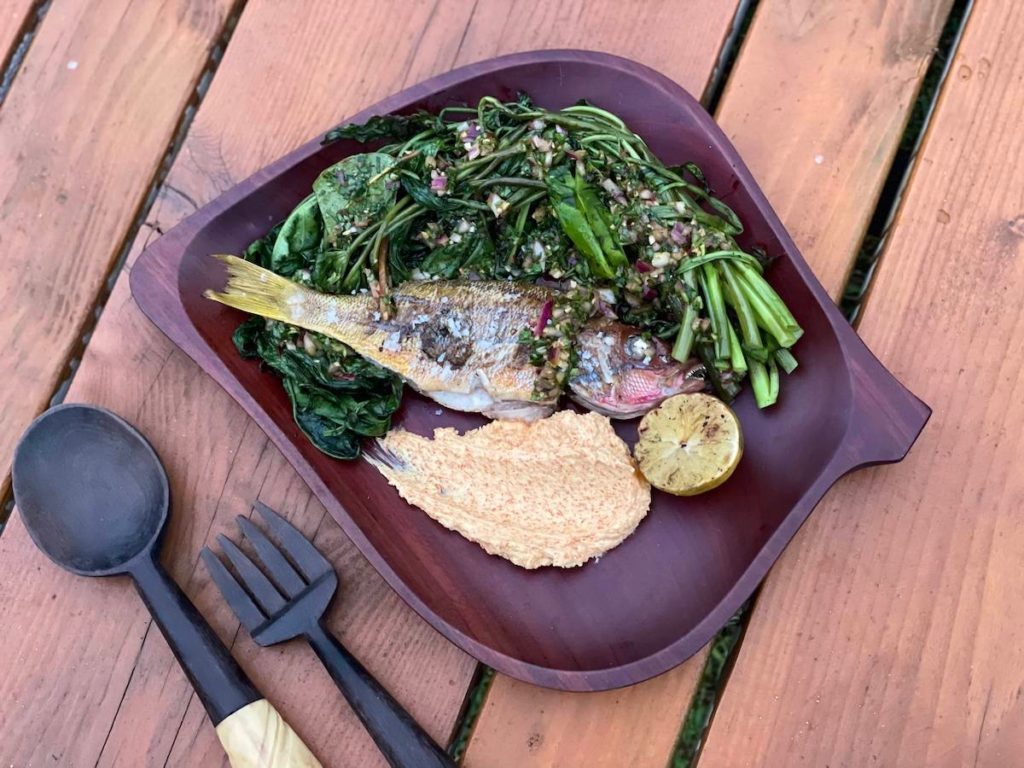
Conservation International Hawaii
Conservation International (CI) is a global non-profit organization working in more than 30 countries to move societies toward a healthier and more sustainable future. Conservation International’s Hawaiʻi Program (CI Hawaiʻi) works to ensure that the ocean will feed Hawaii’s people for generations to come by restoring ocean health, food security, and sustainable livelihoods. CI Hawaiʻi merges traditional knowledge with science, conservation tools & strategies to change how people & businesses value local, sustainable seafood.
Learn more about the invasive ta’ape (bluestripe snapper)
Taʻape is a snapper and has white, delicate and mild meat. It can be brined, butterflied and gently grilled, served alongside nuoc cham, or fried whole and served with fermented garlic sauce. Taʻape is an excellent source of extra lean protein, and especially rich in Vitamin B12.
In the late 1950s, 2,400 taʻape (bluestripe snapper) were intentionally introduced to Hawaiʻi to provide additional fishing opportunities and food. Now considered an invasive species in Hawaiʻi, taʻape populations can be found in massive schools impacting native ecosystems throughout the entire 1,500- mile Hawaiian archipelago.
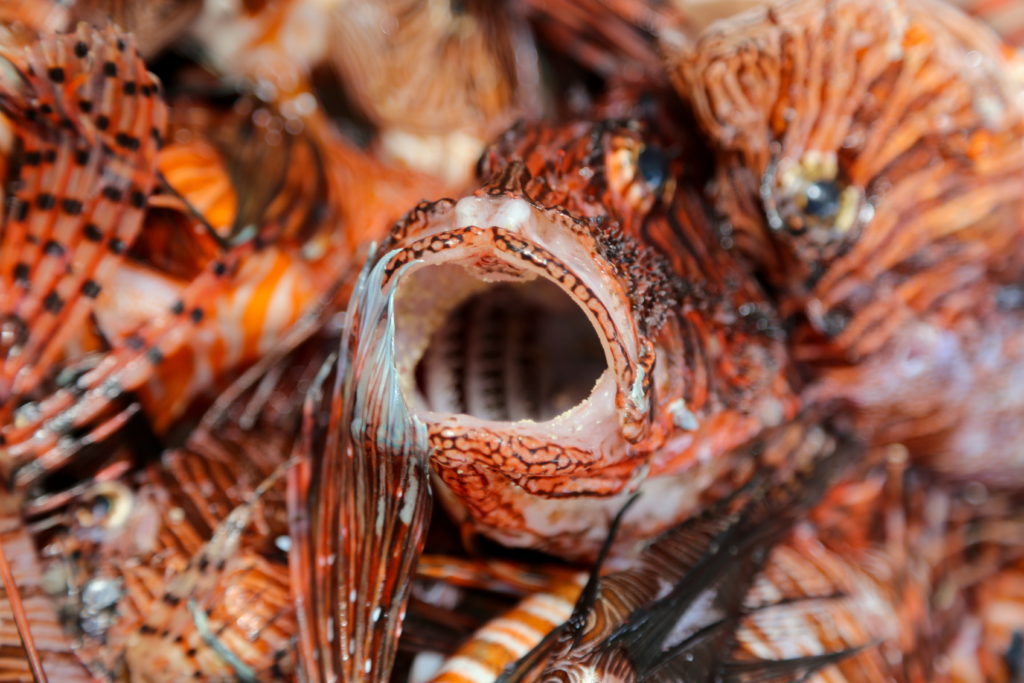
REEF Environmental Education Foundation
Reef Environmental Education Foundation (REEF)’s Invasive Lionfish Program aims to help to control the negative impacts of two visually identical species of invasive lionfish (Pterois miles and P. volitans) through education and outreach to increase awareness, as well as research and coordinated removals.
Where to find REEF’s lionfish products
Asking for Lionfish at your local restaurants, purchasing Lionfish jewelry, and supporting other Lionfish based companies encourages a consumer market that promotes lionfish removal. As part of REEF’s “eat ‘em to beat ‘em” initiative, the marine conservation non-profit has compiled a list of restaurants that are currently serving Lionfish: REEF hosts Lionfish jewelry workshops and sells one-of-a-kind Lionfish jewelry on their website: One company that got exceptionally creative with their usage of the Lionfish is Leo X Leather. They have designed premium leather that allows you to unleash your inner predator.
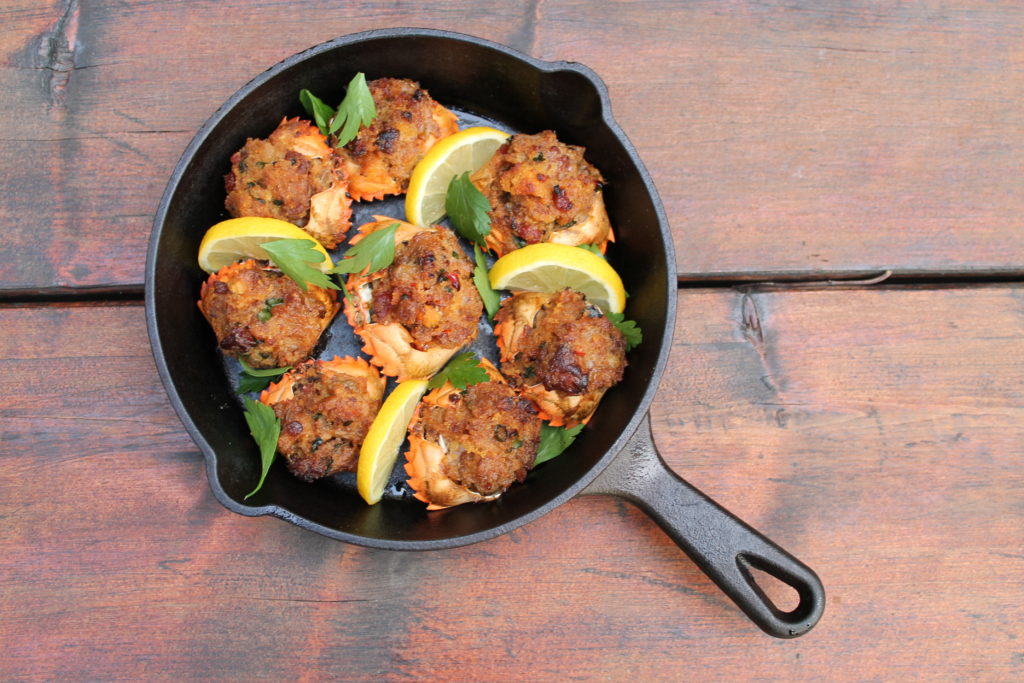
GreenCrab.org
Greencrab.org is an organization dedicated to eating invasive green crabs. While green crabs are delicious, they also happen to be one of the world’s most destructive invasive species that threaten valuable fisheries and vulnerable ecosystems across the globe. Invasive green crabs eat native shellfish species, outcompete local crustaceans, and destroy vital seagrass habitats. So far, the crab has invaded every single continent except Antarctica and established populations exist in eastern North America, South America, and Australia.
Learn more about invasive green crabs
Green crabs are native to Europe and North Africa where they have been consumed for centuries. In regions such as Venice, artisanal soft-shell fisheries for green crabs are a lucrative industry and green crab roe is consumed across southern Europe in a wide variety of dishes. In northern Europe, European green crabs are utilized for stock to add richness to dishes and to create sauces.
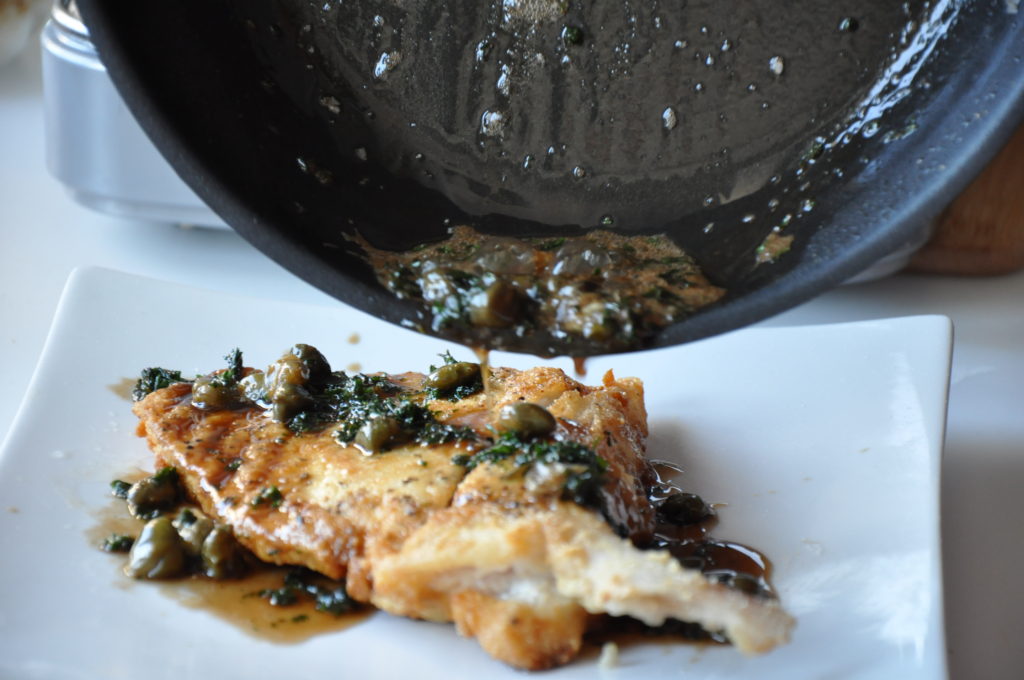
Wulf’s Fish
Wulf’s Fish is a boutique seafood distributor serving top restaurants in Boston, New York City, and across the country. We source only the best seafood, handle it meticulously, and cut fish by hand with an old school attention to detail and service.
Zero waste seafood
Oftentimes, certain parts of a fish get thrown out or wasted because people think they can’t eat them. For example, salmon collars. To minimize the waste produced by the seafood industry, Wulf’s Fish is making it easier for consumers to use every single bit of their seafood products. They say that salmon collars are like the chicken wings of the sea, but bigger. Get this recipe https://wulfsfish.com/blogs/chefs-at-home/chefs-at-home-candied-spiced-nordic-blu-salmon-collars.

Acari Fish
Originally from South America, the “pez diablo” or “devil fish” as known in Mexico is called “pleco” as well as Acari-Bodo in Brazil and coroncoro in Colombia! Acari Fish started back in 2014 by giving free workshops in rural fishing communities about the devil fish and promoting its consumption. They were experimenting in the kitchen one day and tried jerky – it blew their minds and that day our jerky brand, El Diablito was born. In Mexico the devil fish now accounts for up to 70% of freshwater capture and causes a wide range of environmental problems including eating the eggs of native fish species. The fish has uniquely high levels of iron and myoglobin (oxygen-binding protein) for a fish which gives its meat a very meat-like taste and texture.
Strengthening local communities
Acari Fish has developed a replicable and scalable model to implement in rural fishing communities across Southern Mexico. They work directly with fishing cooperatives and provide the training and basic equipment necessary for local fishermen to kickstart their own small-scale production facility and then we guarantee to purchase 100% of their production. Under this structure, fishermen earn about 40% more than they did previously fishing or in other jobs. Additionally, fishermen routinely double or even triple their daily income by selling us their devil fish by-catch. And finally, by incentivizing the removal of devil fish from local waters, they’re helping rebuild native fish stocks affected by this invasive fish.
Finally, I asked these organizations my favourite question: What is one piece of advice you’d give to consumers who want to make more sustainable seafood choices? Here’s what they said:
Conservation International Hawaii: Develop a relationship with your local fishmonger and understand what’s local and in season!
REEF: Choosing to consume an invasive species (like lionfish) rather than an ecologically threatened native species (like grouper) can benefit the ecosystem and increase its resilience by both helping to support the removal of the invasive threat and conserving native species populations and maintaining healthy ecosystem balance.
Acari Fish: Break out of the traditional tuna, salmon, shrimp, and cod. There are literally thousands of edible (and tasty!) seafood species out there, many of which are way more abundant and/or farmed super sustainably. Many of the species are easily substitutable in recipes you already use, you just need to have an open mind and try some of the less sexy and underutilized options out there.

